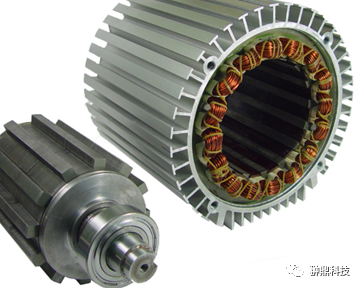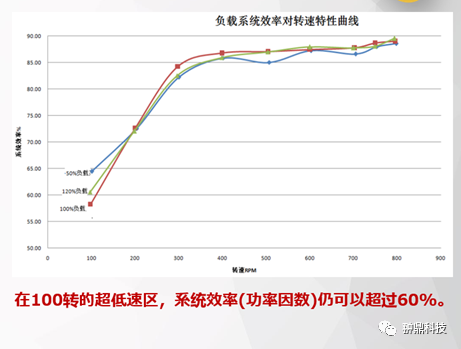Switched reluctance motors and high-efficiency energy-saving motors
Switched reluctance motors and synchronous reluctance motors are both high-efficiency and energy-saving motors and are widely used. They can also be used for energy-saving upgrades of old asynchronous motors, which can significantly reduce power consumption and operating costs.


What is a switched reluctance motor:
-
Switched reluctance motor ( SRM) is the most typical stator and rotor double salient pole structure. The rotor has no windings and the stator has concentrated windings. The torque type is full reluctance torque.
-
SRM must be equipped with a special controller and cannot be powered on alone or used in conjunction with a general-purpose frequency converter.
-
SRM is a DC motor.
Principle of switched reluctance motor:

-
The rotation of the reluctance motor uses the principle of minimum reluctance that "the magnetic flux always closes along the path of minimum reluctance to generate magnetic pulling force", so it is a reluctance (torque) motor.
-
The reluctance of a reluctance motor changes as the center lines of the rotor salient poles and the stator salient poles are aligned or staggered. Because inductance is inversely proportional to reluctance, when the center lines of the rotor salient poles and the stator salient poles are aligned, the phase winding inductance is maximum and the reluctance is minimum; when the rotor grooves are aligned with the stator salient pole center lines, the phase winding inductance is minimum and the reluctance is minimum. maximum. Since the magnetic flux always closes along the path of minimum reluctance, a magnetic pull is generated, and the magnetic pull pulls the motor rotor to rotate.
-
Switched reluctance motor technical characteristics:
-
Wide operating frequency:
The rotation speed is adjustable from 0...40,000RPM .
-
Operating characteristics:
a) Stop and turn at any speed, running forward and reverse.
b) It can realize low speed, low current and high torque (1.5 times ) starting operation.
C. Low starting current:
The starting current is 30% of the rated current , and the starting current of ordinary asynchronous motors is 2...3 times the rated current.
D. High performance features:
There is still a good performance curve in the low-speed area, but the frequency of ordinary asynchronous motors decreases and the power factor drops significantly. The energy-saving advantages of switched reluctance motors are more obvious in systems operating at wide frequencies.

E. Advantages of low-frequency operation:
It can operate at low frequency, but ordinary motors are prone to heat and burn out when the operating frequency is lower than 25Hz .
Switched reluctance motor power saving:
It can be used for energy-saving upgrades of high-power water pumps, fans, and mixers to reduce operating energy consumption, save electricity bills, and reduce operating costs.



























 XINDA
XINDA